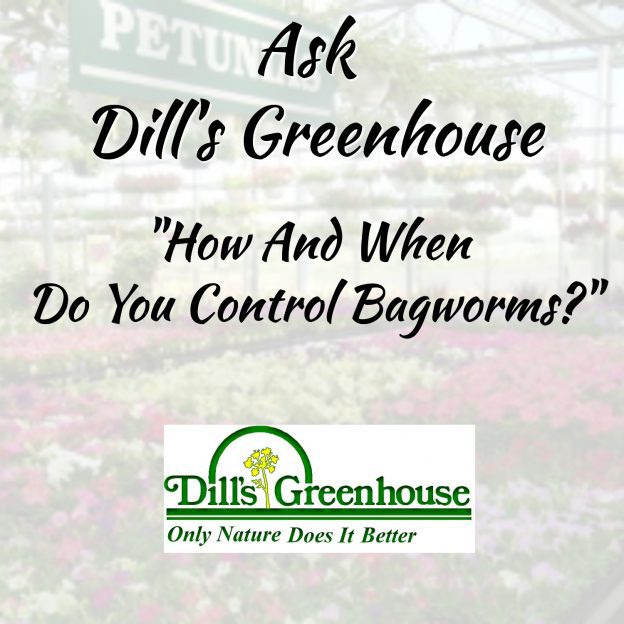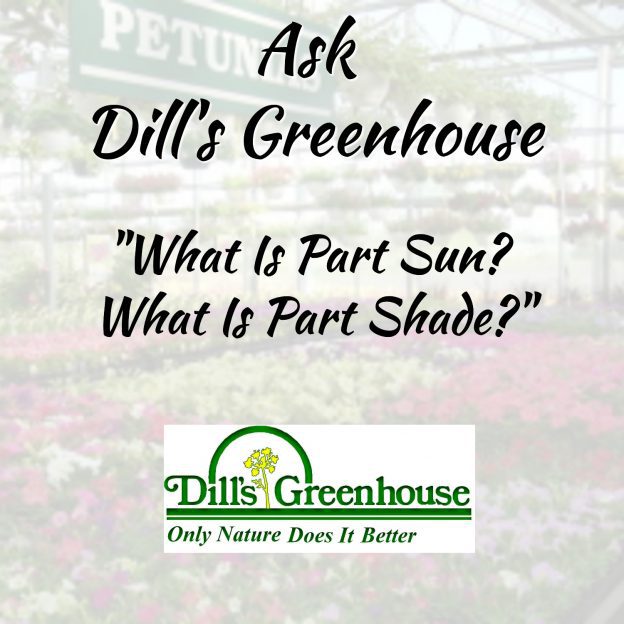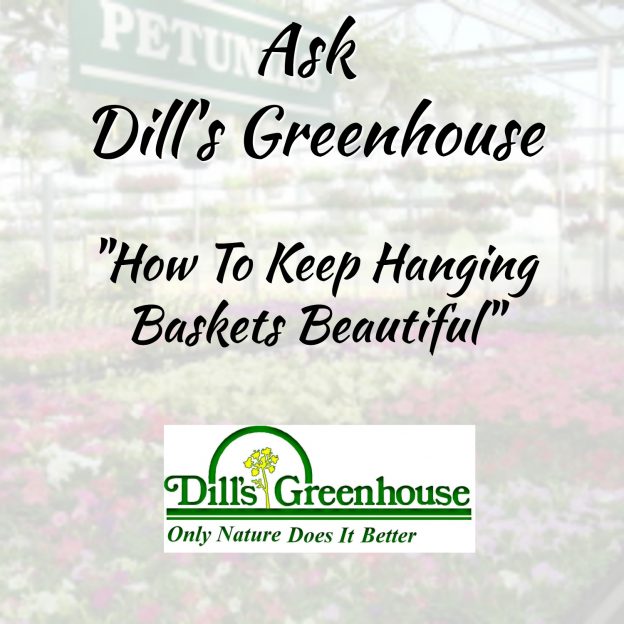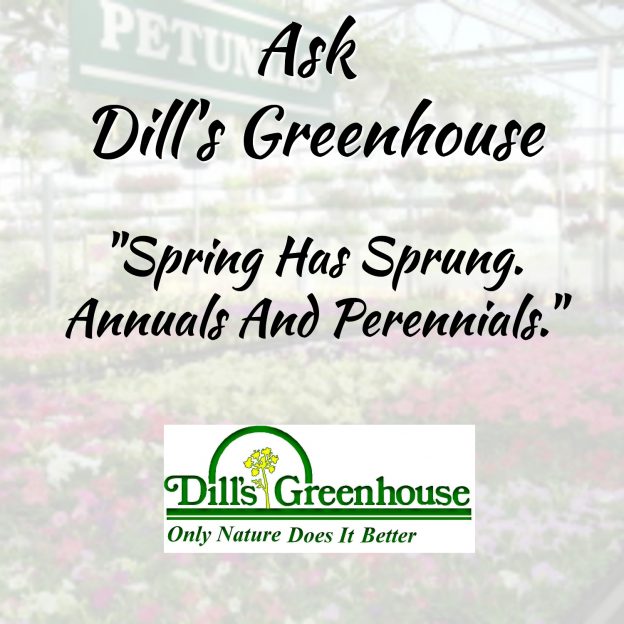Alan: Another thing, especially late May that you want to remember, is that, you don’t see them yet, but there are little baby insects out there ready to sprout and start to devour your plants or your trees. One question we get normally after June is what are all these bags hanging off of my evergreens.
Well, they’re bagworms.
But the time to take care of bagworms is late May and early June. And you want to spray because the bags that are there, each one can have up to 300 larvae in it. And they come out of that bag and they just spread and then they go and start making bags with their own.
You may have gone out and you didn’t see anything, it’s all clean. And the next day you go out and look and you got bags hanging all over your tree. So the product you might consider if you do it early enough is bacillus thuringiensis, it’s hard to say that last word. But that’s a natural spray, and it’s a bacteria. But it works as long as the larvas are small.
Once you get into the larger sizes, if you didn’t spray and it gets into June or even July, it’s too late to use that. Because it’s just not going to be effective on larger larva that size. It’s good to do that in late May. And then that could take care of any problem that you’d have developing the bags later because you’ve taken care of it. Later than that, you’re going to have to use another insecticide.
And if you wait till August, then it’s too late. If you spray, they’re going to seal themselves in that bag and you can’t spray them after that. It’s just a matter of going out and picking those bags off. I’ve done that before and spent a lot of time picking bags and think I’ve got it. Then next thing “Oh, there’s another one. Oh, there’s another one. Oh, there’s another one.” It’s a never ending job.










